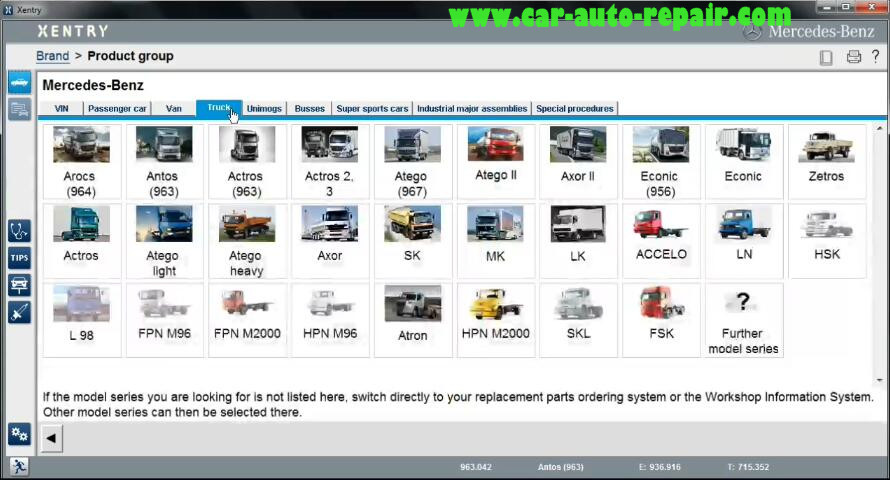

The small amount of red fluorescence is not cell-associated. Cells were fixed and cell fluorescence recorded using a Nikon E600 fluorescence microscope. The peptides were incubated for 3 h with HepG2 cells at concentrations of 5 and/or 10 μM, as indicated. The statistical significance of the differences in cell viability after treatment with Xentry compared to the other CPPs is shown in the bottom right-hand table.Ī TAMRA-labelled divalent D-isomer (lclrpvggggggggggggggglclrpvg) (a), and a divalent L-isomer (LCLRPVGGGGGGGGGGGGGGGLCLRPVG) (b) of Xentry are unable to penetrate HepG2 cells.

The statistical significance of the differences in cell viability after treatment with each of the CPPs compared to untreated control cells is shown in the top right-hand table. Untreated HepG2 cells were included as controls. The mean percentage of viable cells was plotted ± SD. Cell viability was measured using the WST-1 assay. (b) HepG2 cells were incubated for 24 h with biotin- labelled Xentry (LCLRPVGGGRRRQQQQQQRRR), penetratin (GRKKRRQRRRPPQGGRRRQQQQQQRRR), polyarginine (RRRRRRRRRQQQQQQRRR) and Tatp (RQIKIWFQNRRMKWKKGGRRRQQQQQQRRR) peptides at final concentrations of 10 μM. The statistical significance of the differences in cell viability compared to cells that were not treated with Xentry is shown in the tables beneath each graph. (a) HepG2 and DU145 cells were incubated for 24 h with 0, 10, 40, and 100 μM of FITC-labelled D-isomeric Xentry (lclrpvg) for 24 h, and cell viability measured using the WST-1 assay. These novel activatable forms of Xentry were only taken up by MCF-7 cells after cleavage by matrix metalloproteinase 9, and could be used to deliver drugs specifically to tumours. Protease-activatable forms of Xentry were created by fusing Xentry to itself via a protease-cleavable peptide, or by attaching a heparin mimic peptide to the N-terminus. Surprisingly, linear di- and tetra-peptide forms of Xentry are not cell-permeable. Substitution of the leucines in the D-isomer with other hydrophobic residues revealed that leucines are optimal for activity. In contrast, the C-terminal arginine could be substituted in the L-isomer with lysine, histidine, glutamic acid, glutamine, and asparagine, though the resulting peptides displayed distinct cell-type-specific uptake. Substitution of the cysteine with leucine revealed that the cysteine is essential for activity. Remarkably, the tetrapeptide core LCLR retains the cell-penetrating ability of the parental peptide LCLRPVG, as either an L- or D-enantiomer. (Now only accept one time login in via teamviewer.Here we describe a structure-function analysis of the cell-penetrating peptide Xentry derived from the X-protein of the hepatitis B virus. Offer MB subscription SCN online coding service, VXDAS also have online account for you.Return to upgrade, if you don’t want to get many hard disks when have new version, just return hdd for latest software.
#XENTRY 2014 SOFTWARE#
#XENTRY 2014 UPDATE#
#XENTRY 2014 DOWNLOAD#
Now, VXDAS.COM here offer the latest Xentry software V2019.05 download link for you free. As we all know, the Xentry software update every 2 months. Xentry software also support Mercedes Star diagnostic & programming functions. Mercedes Benz diagnostic Xentry software works with MB Star C4/C5/OEM C6.


 0 kommentar(er)
0 kommentar(er)
